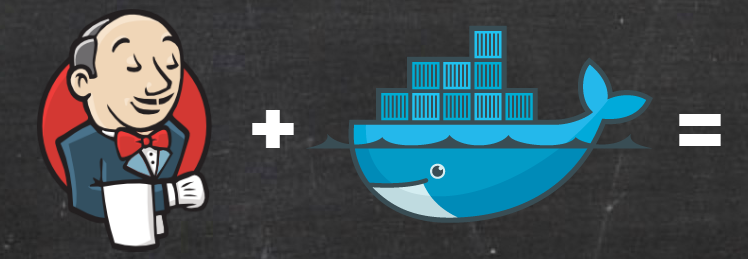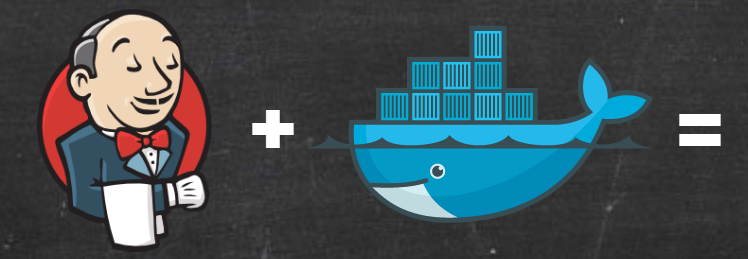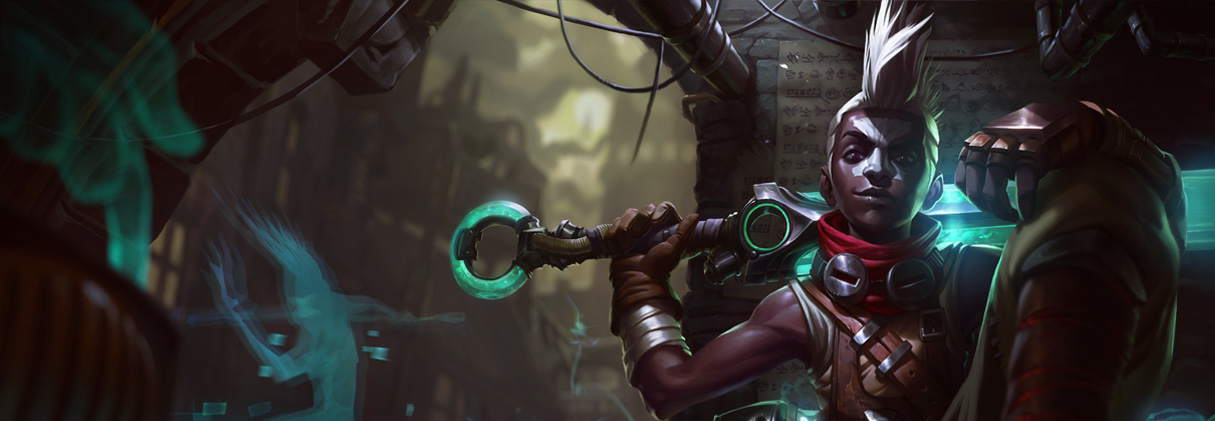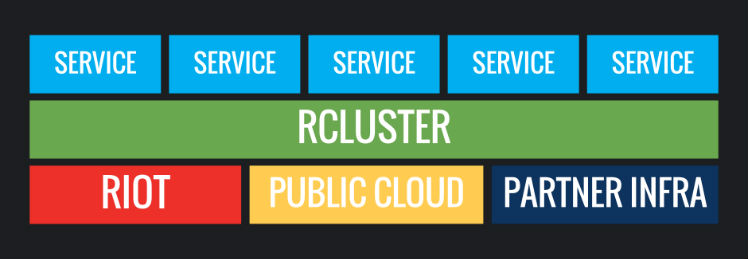Jenkins, Docker, Proxies, and Compose

In this tutorial, you’ll learn:


In this tutorial, you’ll learn:

Hi, I’m Tony Albrecht, an engineer on League. I’m back with some more performance goodness. In the previous article, we tracked a slowdown reported in an LCS game and an issue with Swain that was first reported by players. For this article, we’re stepping back a little further and looking at how we can measure the aggregate performance of League over an entire region, notice a dip, and then narrow down the cause. In this case, we chased a 2ms per frame drop in performance to a single missing ASCII character in our code.

Hi, I'm Guy "RiotSomeOtherGuy" Kisel, a software engineer at Riot. You might remember me from Running an Automated Test Pipeline for the League Client Update. I work on the Riot Developer Experience team - our responsibilities include providing Jenkins servers and related infrastructure for engineers to use for building, testing, and shipping their software to the millions of players that play League of Legends.

Hello! My name is Ryan Price, and I work on the backend services that power League of Legends, focusing on the efficiency and reliability of the game loop as well as a few other out of game experiences. In this article, I’m going to be walking you through a recent bug that was impacting our competitive leagues, and how we dove deep into one of League of Legends’ most legacy pieces of technology to mitigate it.

It’s been over two years since I first wrote an article discussing how we combined Docker containers and Jenkins to create ephemeral build environments for a lot of our backend software at Riot Games. Today the series is seven articles strong and you’ve rewarded us with feedback, conversation, technical insights, tips, and stories about how you too use containers to do all kinds of interesting things. In the world of technology, two years is a long time. The series, while still useful, is out of date. Many of the latest Docker doodads and gizmos are absent.

This is the in-depth tutorial for the discussion started here about creating a build farm using Jenkins with Docker containers as the build slaves. When we’re done, you should have a fully functional Jenkins environment that provisions build slaves dynamically running on your local environment and ready for you to productionize.

Hi, I’m Rick Hoskinson, an engineer on the Deterministic Disaster Recovery team, and I’m here to talk about how we gave ourselves the power to turn back the hands of time in League of Legends. In this series of blog posts, I hope to give you a glimpse of what that work looked like, juicy technical challenges and all. In this first post, I’ll introduce the problem and how we chose to solve it.

My name is Jonathan McCaffrey and I work on the infrastructure team here at Riot. This is the first post in a series where we’ll go deep on how we deploy and operate backend features around the globe. Before we dive into the technical details, it’s important to understand how Rioters think about feature development. Player value is paramount at Riot, and development teams often work directly with the player community to inform features and improvements.

Hello all, Leigh Estes, aka RiotSchmick, here. I’m a software engineer at Riot Games working in the Service Availability initiative. Our first article on the API covered our goals, the responsibilities of the Developer Relations and Developer Platform teams in the API ecosystem, and some high-level details about the technology we used in building our API solution.

Containers have taken over the world, and I, for one, welcome our new containerized overlords.